The soulful melodies of Japanese enka music have captivated audiences for generations, weaving tales of love, loss, and nostalgia through a distinctive vocal style that is both haunting and deeply emotional. Rooted in Japan’s post-war era, enka emerged as a cultural touchstone, blending traditional Japanese musical elements with Western influences. The genre’s singing technique, characterized by its dramatic vibrato, melancholic phrasing, and raw emotional delivery, sets it apart from other forms of Japanese popular music. Enka singers, often adorned in elegant kimonos or formal attire, perform with a gravitas that evokes the spirit of older times, making the genre a living bridge between Japan’s past and present.
At the heart of enka’s vocal style is the concept of kobushi, a technique where the singer employs rapid pitch fluctuations to convey intense emotion. This stylistic ornamentation, reminiscent of traditional Japanese folk singing, gives enka its signature trembling, tearful quality. The vocal delivery often mimics the sound of someone on the verge of weeping, as if the singer is baring their soul to the audience. This rawness is further emphasized by the use of microtonal shifts, where notes are bent slightly off-pitch to heighten the sense of longing or sorrow. The result is a performance that feels deeply personal, as though the singer is recounting their own heartbreak.
Another defining feature of enka is its lyrical content, which frequently explores themes of unrequited love, separation, and the passage of time. The songs often paint vivid imagery of rainy nights, lonely train stations, or faded memories, enhancing the emotional weight of the vocals. The singer’s ability to embody these emotions through subtle vocal inflections—such as sudden dynamic shifts or prolonged silences—creates a powerful connection with the listener. Unlike Western pop music, where technical perfection is often prioritized, enka values emotional authenticity above all else. A slightly cracked note or a breathy pause can amplify the song’s poignancy, making the performance feel all the more human.
The instrumentation in enka also plays a crucial role in shaping its vocal style. Traditional Japanese instruments like the shamisen and koto are often paired with Western orchestral arrangements, creating a rich, layered backdrop for the singer. The interplay between the vocals and the music is carefully balanced, with the singer’s voice rising above the instrumentation like a solitary figure in a vast landscape. This contrast mirrors the genre’s thematic focus on isolation and resilience, as the singer’s voice becomes a beacon of emotion amidst the sweeping melodies.
Despite its deep roots in tradition, enka has not remained stagnant. Modern enka artists have experimented with blending the genre’s classic techniques with contemporary influences, ensuring its relevance for new generations. Younger singers, while honoring the stylistic hallmarks of enka, bring fresh interpretations that resonate with today’s audiences. Yet, even as the genre evolves, its core remains unchanged: a heartfelt, visceral expression of the human experience. For those who listen closely, enka is more than just music—it’s a window into the Japanese soul, a testament to the enduring power of emotion conveyed through song.
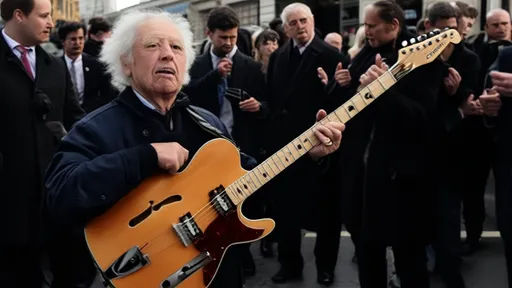
By /Aug 5, 2025

By /Aug 5, 2025
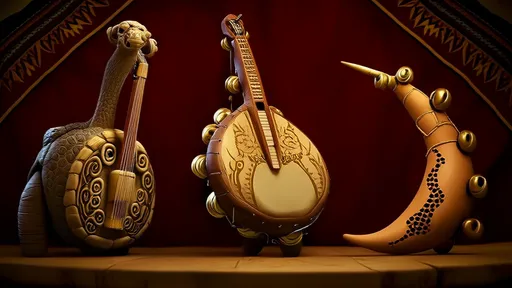
By /Aug 5, 2025

By /Aug 5, 2025

By /Aug 5, 2025

By /Aug 5, 2025

By /Aug 5, 2025

By /Aug 5, 2025

By /Aug 5, 2025

By /Aug 5, 2025

By /Aug 5, 2025

By /Aug 5, 2025

By /Aug 5, 2025
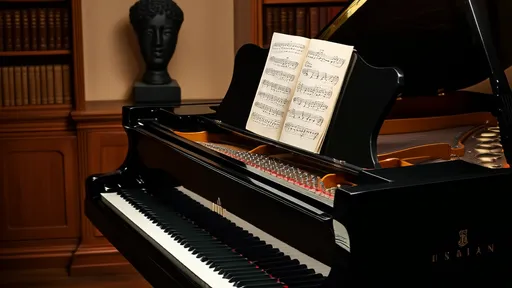
By /Aug 5, 2025
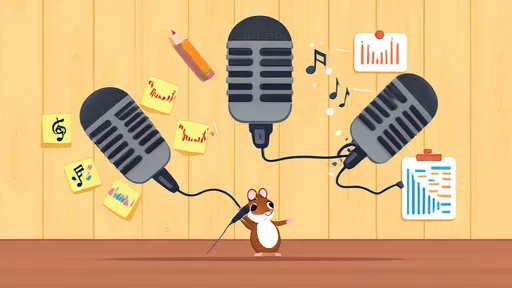
By /Aug 5, 2025
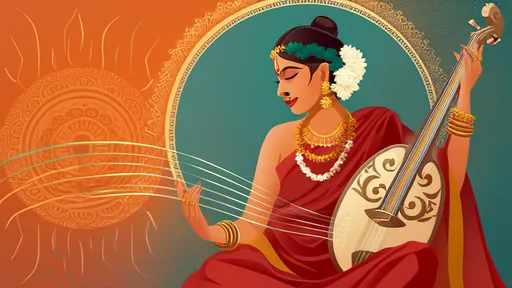
By /Aug 5, 2025

By /Aug 5, 2025
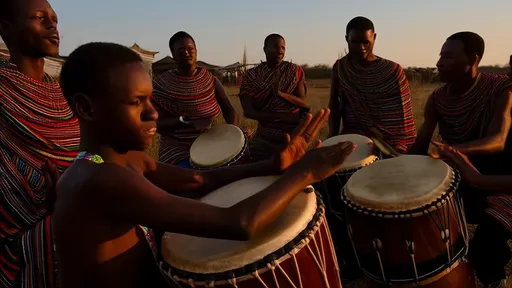
By /Aug 5, 2025
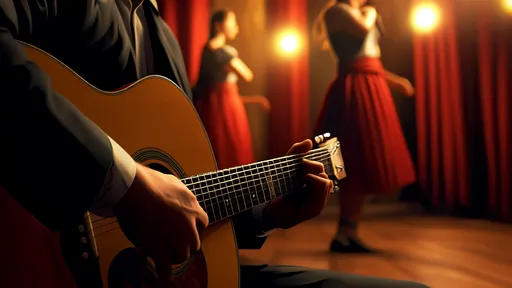
By /Aug 5, 2025
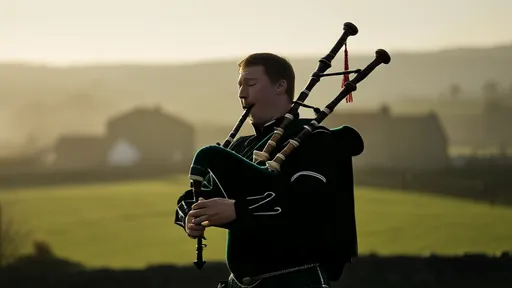
By /Aug 5, 2025